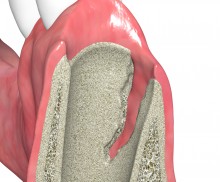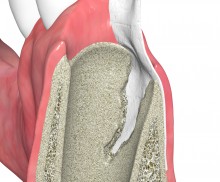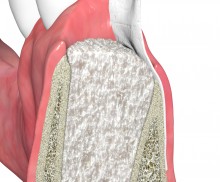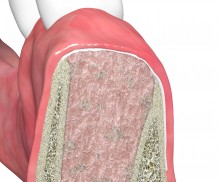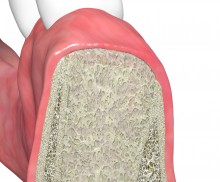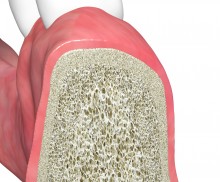Ridge preservation
|

The unique properties of the Jason® membrane, such as low thickness, stiffness under dry conditions, and slow degradation, ensure an easy application and an undisturbed healing of the socket and defect. When dealing with minor bony defects, the collprotect® membrane represents a valid alternative.
In order to promote the osseous regeneration, the socket should be filled with an osteoconductive bone grafting material that acts as a space holder and scaffold for precursor cells; these can then migrate into the socket and defect and mature into osteoblasts, thus triggering the construction of new bone matrix. To achieve this, a mixture of cerabone® and maxgraft® is an excellent option. While the bovine bone ensures a long-term volume stability of the grafted site, the allogenic granules consisting of mineralized collagen promote a fast integration and remodeling, thus supporting the formation of strong, vital bone. As an alternative, cerabone® or the synthetic maxresorb® granules may also be applied individually, particularly if an extended healing time of at least 5–6 months is anticipated.
Please Contact us for Literature.
